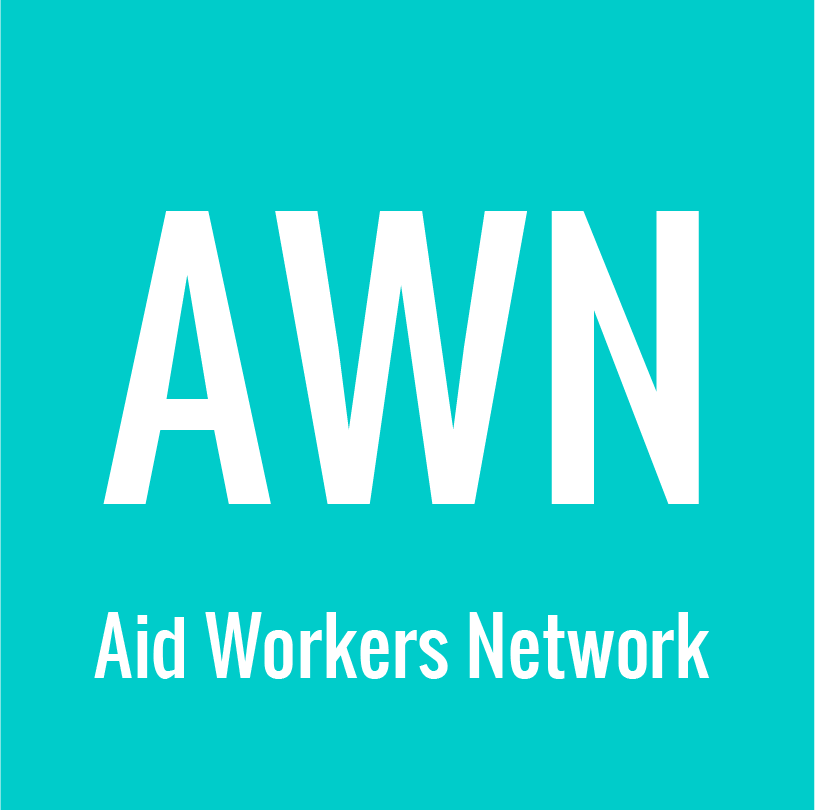Homepage › Forums › General Discussion › economies of scale in large NGOs? or value for money in smaller NGOs
Tagged: donor, effectiveness, funding, NGO
-
AuthorPosts
-
August 30, 2017 at 3:58 pm #7070
MerryParticipantThere is a saying that “those who have get more”. That saying follows for NGO funding from major donors. There are 5 or 6 enormous NGOs that get the vast majority of their funds.
Just like NGOs, donors themselves often have limited operating funds. It costs about the same to manage and monitor a small grant as it does a large one, so the mathematics of economics push the donors to turn more and more to massive grants for which only the largest NGOs are really competitive. But are they really any more effective at meeting the needs of various populations?
I don’t have a lot of data to back up my comments, but will just state my observations here and if anyone is interested in picking up the thread, I’ll take the time to scrounge out the data.
There are some things that very large NGOs do well, like large logistical operations (e.g. food aid, provision of water and latrines in large camps, etc.) Really, anything that can be done through a single, common procedure. But there are many things that small to medium NGOs do much better. Smaller NGOs tend to have closer relationships with their target populations so are more likely to incorporate local systems into their planning. As they usually work on a smaller scale, they are less dependent on SOPs, which is good and bad. Less control, more anarchy and a steeper learning curve, but this also leaves them able to be more flexible in their approaches, more likely to create and experiment with innovative approaches, and usually quicker to respond to immediate needs in a quick on-set disaster. For example, by 4 months after the earthquake in Haiti, one medium NGO had provided 40% of all permanent housing solutions while the larger NGOs were still organizing themselves. This same agency was also able to deliver NFIs to households within their communities near their social networks and livelihoods, preventing them from having to move into the dangers of the large IDP camps. They were able to do this in their designated parts of the city before any of the larger NGOs were able to provide NFIs in the camps – because they knew the local neighborhood leadership structures and were able to make use of them. When the cholera epidemics hit in the following year, those they served were not nearly as vulnerable because they were able to avoid displacement to the camps.
So, if the donors want to reduce their operating costs – then, yes, they should continue with the few massive NGOs. But if they want to increase impact for their money, they need to take another look at the small to medium NGOs.
Here’s a link to an article on Devex that says something similar:
-
AuthorPosts
- You must be logged in to reply to this topic.
Login
Forums
- Accountability to Affected Populations – AAP
- Fundraising
- PEER Exchange Visit Lebanon/Jordan
- Capacity Strengthening
- Local/National/Regional NGOs
- Cash Programming
- General Discussion
- Health
- Humanitarian Principles
- Information Management
- Protection
- Security
- Shelter and Settlements
- Staff Care
- Training
- Urban response
- World Humanitarian Summit
